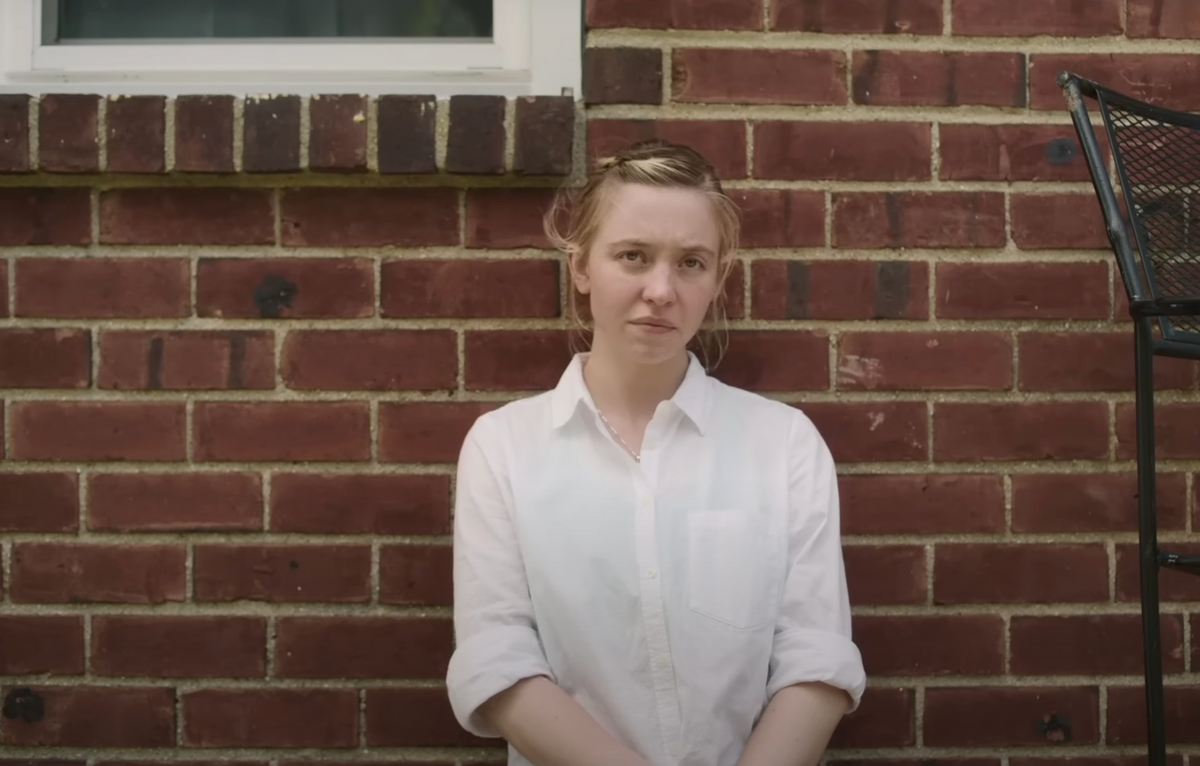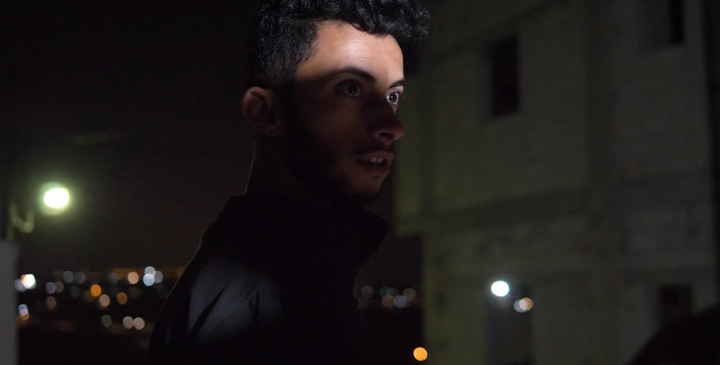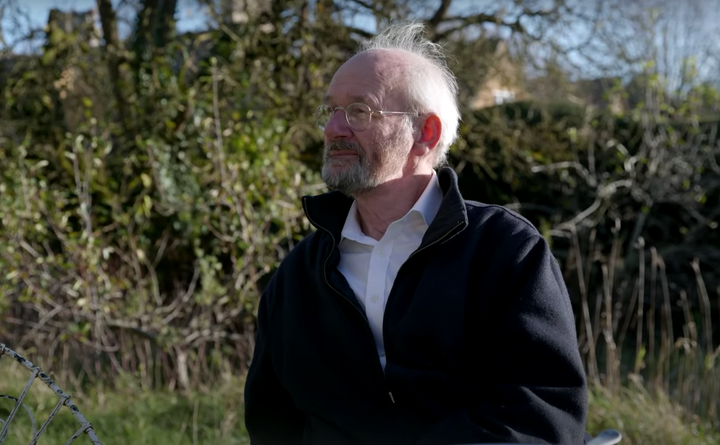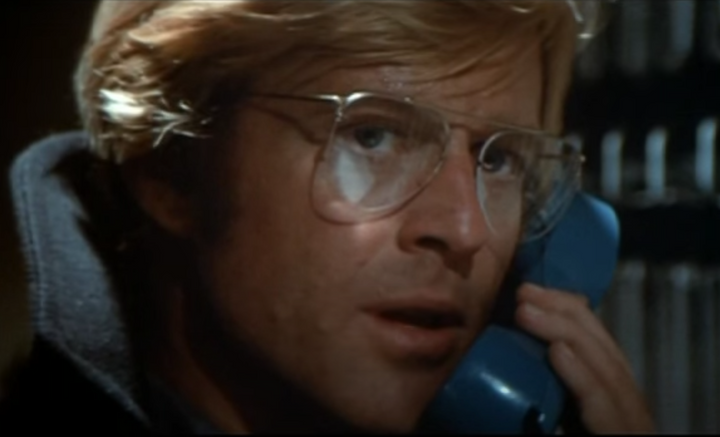Film Review: Recreating The FBI's Interrogation Of Whistleblower Reality Winner
Playwright Tina Satter’s first feature film “Reality,” which premiered on HBO on May 29, shows the control that FBI agents immediately established over Winner at her relatively small home.

Before the Federal Bureau of Investigation arrested NSA whistleblower Reality Winner, agents surrounded her home in Augusta, Georgia. Two agents interrogated Winner without advising her of her rights. But when Winner’s defense attorneys tried to suppress incriminating statements that she made, the FBI and United States Justice Department contended that Winner had always been “free to leave.”
Playwright Tina Satter’s first feature film “Reality,” which premiered on HBO on May 29, shows the control that FBI agents immediately established over Winner at her relatively small home. It discredits the government narrative that a “reasonable person would have felt free to terminate the encounter.”
The film stars Sydney Sweeney as Winner and Josh Hamilton and Marchánt Davis as FBI Special Agent Justin Garrick and FBI Special Agent Wally Taylor respectively.
It was largely adapted from Satter’s critically acclaimed play “IS THIS A ROOM: Reality Winner Verbatim Transcription,” which consisted of dialogue based entirely on the FBI’s 70-minute recording of the interrogation that occurred on June 3, 2017.
Giving the film the style of a docudrama, Satter intercuts pages of the verbatim transcript, the wave form of the interrogation recording, and Instagram postings from Winner.
Satter told Backstage in 2021 that she was drawn to the interrogation because she saw in Winner a person who was “fighting second-by-second for their autonomy, knowing it’s slipping away.”
“One of the first core things [that stood out] to me was this female body in this tiny space with all these men, and what that means,” Satter shared. “I really wanted to play with what that would have felt like for her, physically, to be in that space, trying to keep her wits about her.”
The nightmare of male FBI agents taking over “this tiny space” is amplified in the film by Winner informing the agents that her dog and cat do not like men. Agents take her car keys and phone. Until she is handcuffed, they micromanage every move that Winner makes outside and inside, including her interactions with her pets.
“Reality” is one of two produced Hollywood films. The other film, “Winner,” is in post-production. There is also an independent documentary, “United States vs. Reality Winner,” that has been updated with interviews with Reality. For that documentary, director Sonia Kennebeck obtained a copy of the audio recording of the interrogation.
Unlike most viewers, I was already very familiar with the FBI’s interrogation. I reported on Winner’s case and traveled to Augusta to report on court proceedings. I was one of the few journalists to cover the hearing where Winner’s attorneys argued that the FBI had violated her rights. (There was never a ruling on the matter because Winner accepted a plea agreement several months later.)
I was in Winner’s Augusta home, and I had the privilege of meeting Winner’s mother Billie Winner-Davis, her sister Brittany, and her stepfather Gary.
In February 2020, I was part of two panel discussions at the University of Michigan that were convened in support of “IS THIS A ROOM.” I joined Billie for one of the discussions, and the organizers graciously invited me to attend a performance of the play.
I met Satter and found her interest in Winner's case to be genuine, and I appreciated many of the aesthetics of her production. My review of "Reality" would be different if I had not seen "IS THIS A ROOM."
The film efficiently conveys many of the details necessary for those unfamiliar with Reality Winner’s story to follow along. Sweeney convincingly portrays Winner and cycles through all the emotions that Winner must have experienced.
To help him establish rapport with Winner, Garrick shares a few “personal stories” about his rescue dog and one time he hurt himself doing CrossFit. Hamilton plays the scenes as if the FBI agent is bullshitting Winner, which enhances what could have been written off as meaningless banter.
Part of what made Satter’s play impactful was the simple choice to confine what happened on stage to only what unfolded with FBI agents at her home. However, the film opens with a wide overhead shot by cinematographer Paul Yee that shows three cubicles with Winner in the middle cubicle. She is working as an NSA contractor for Pluribus International while a television broadcasts a Fox News report that FBI Director James Comey was fired by President Donald Trump.
It is May 9, the day that Winner printed a copy of the NSA report containing analysis that examined the possibility that alleged Russian hackers had attempted to target local governments’ U.S. voter registration systems. She then folded the document, stuffed it in her pantyhose, and mailed it to The Intercept.
As Winner confesses to sharing the document, Satter makes two more creative choices that differ from her play. She shows the solicitation from The Intercept that Winner supposedly inspired her to send the document to them.
Here is our offer at The Intercept: If anyone has solid proof that Russia interfered with U.S. elections, send it to us…and we will verify its legitimacy and publish it.
Later, there is a close-up of Winner in distress. It takes on a pink tinge, like the pink AR-15 that FBI agents seized. Winner’s voice is heard reading the title of the report that she disclosed as well as an unclassified summary from the document before dialogue from the recorded interrogation resumes.
Satter may have made this change because every single detail related to the report was redacted from the interrogation, something that Satter handles by visually redacting the characters when they are about to say blacked out words in the transcript. (The play marked the redactions by turning off all the lights and playing a sound effect.)
Theater critics responded favorably to the production when it had no mention of the document. Why add it to the film?
On one hand, Winner is barred from ever speaking about the contents of the report that she disclosed. Having Sweeney read the document in Winner’s voice does what films invite us to do all the time. It very briefly allows us to imagine what it would be like if Winner had the freedom to speak about what an NSA analyst alleged. It draws our attention to the fact that this is unclassified yet Winner was harshly punished by an Espionage Act prosecution.
The FBI at this point in the film has Winner’s confession. They have total control over Winner. Satter juxtaposes that total control with the lack of control the FBI has over ensuring the public does not hear or read about what Winner revealed.
Or put another way, the FBI lost control of a document that the U.S. government still claims to control, and the film shines a (pink) light on that nonsense.
However, by adding this interlude, Satter undermines the authentic and stark realism of the film. Those prosecuted under the Espionage Act are not permitted to argue that their disclosure was in the public interest. That is a large part of why Winner accepted a plea deal and received the harshest sentence that any civilian accused of an unauthorized disclosure has ever received.
The house that appears in the film is not the house that FBI agents swarmed, but its exterior is close enough. That cannot be said of the room where Winner is interrogated by FBI agents. It is too big and not very similar at all.
An unknown FBI agent at one point opens the door and says, “Is this a room?”
In the play, it was a remarkable line not only because it was the title of the play but also because it was a stranger's reaction to a space that was slightly bigger than a walk-in closet. It bizarrely added to our understanding of how confined Winner must have felt to be in this space with agents.
The line does not hold the same meaning in the film, and I do not know why the set was not designed to more closely resemble the actual room.
“Reality” is at its best when Satter trusts the natural drama built into the verbatim transcript, heightens the interrogation’s most awkward and surreal moments, and allows us to absorb the performances of Sweeney, Hamilton, and Davis. Yet when the film relies on conventions of documentary storytelling, it just is not as captivating.




Comments ()